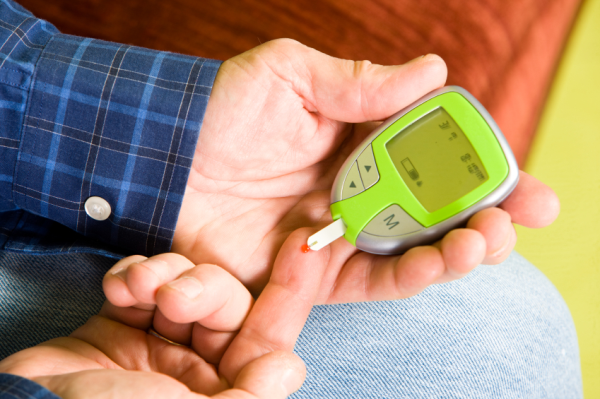
Diabetes - What's the Difference between Type 1 and Type 2?
Diabetes mellitus (DM) is a metabolic condition which stops the body from storing and utilizing glucose for energy. It results from a lack of insulin, the hormone which facilitates glucose absorption into the cells.
However, the diabetes mellitus condition can come as either Type 1 or Type 2. There are salient differences between these two when it comes to their direct origin, symptoms, management and an individual's susceptibility.
Type 1 Diabetes Mellitus
In Type 1 diabetes, also called DM Type one, a person is deficient in insulin but does not need medical treatment. But while this form of diabetes cannot be cured, it may be managed, and a lot of Type 1 diabetics continue to live happy and healthy lives. If you've been diagnosed with this condition, you can always ask your doctor about all available options and solutions. Provided you care for yourself the right way, this is not really a problem.
In most cases, Type 1 diabetes comes from the pancreas' inability to produce insulin. Usually, this is brought about by an autoimmune attack, or a situation in which the diabetic's immune system itself is attacking the pancreas, leading to irreparable damage. Find out more about this when you go to the site at http://www.encyclopedia.com/topic/diabetes.aspx. Because insulin helps the body to absorb glucose, insufficient insulin levels can be dangerous. Unless corrected, a person can develop vision, cardiac and circulatory conditions, or even die. In extreme cases, an individual can slip into a coma, if not experience constant hunger or thirst, lethargy or frequent urination.
Type 2 Diabetes Mellitus
Type 2 diabetes, on the other hand, is the more prevalent type of DM which mainly affects adults or diabetics who are not dependent on insulin. As with Type 1 diabetes, Type 2 is incurable but highly manageable with the help of a doctor. When a person is diagnosed with Type 2 diabetes, he or she will often be referred to support groups or other types of assistance that helps them cope with the condition.
Among the things that separate Type 2 diabetes from Type 1 is its onset which is rather slow and harder to identify. Further information about this are displayed in the site at www.diabetes-article.com. Its more visible symptoms include lethargy, hunger, thirst and frequent urination, although these are also found in severe Type 1 DM. When a person exhibits these symptoms, a doctor can run a test to determine if they are because of diabetes.A doctor can run some tests to confirm whether or not such symptoms are due to diabetes. Fortunately, it is highly possible to prevent DM through diet and exercise, particularly for those who are considered high-risk.
The risk factors for both types are the same, however, and they include having a family member who is diabetic, being older than 45, a woman who has polycystic ovary syndrome, prediabetic (blood sugar level is higher than normal but not within the diabetes range), physically inactive, obese/overweight or hypertensive; a history of heart disease or gestational diabetes; and having high triglyceride (above 250 mg/dL) and low "good cholesterol" (less than 35 mg/dL) levels. If you think you might be at risk, consult your doctor immediately.